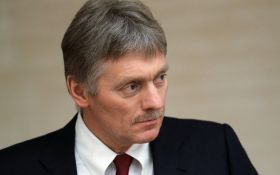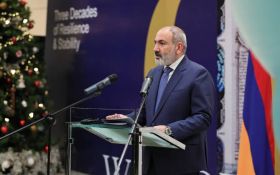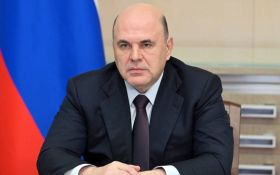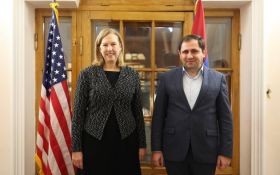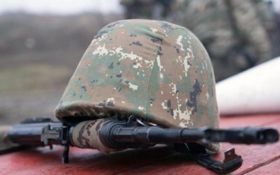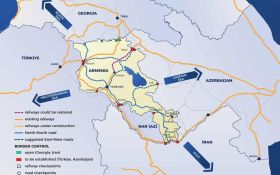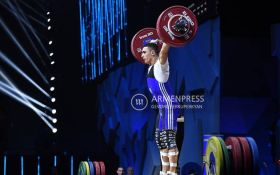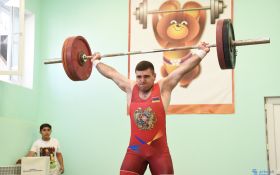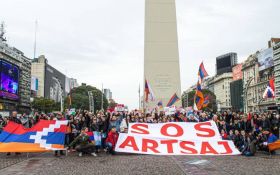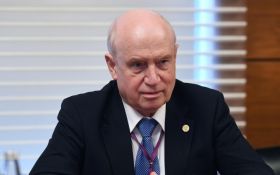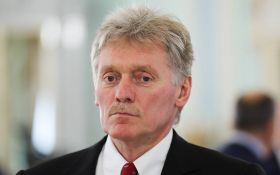Defence spending by Europe’s Nato states is set to rise for the first time in nearly a decade, figures show, as fears over Russian aggression and the migrant crisis in the Mediterranean stoke anxiety over security across the continent.
Defence spending by Nato’s Europe states up as uncertainty rises: Financial Times
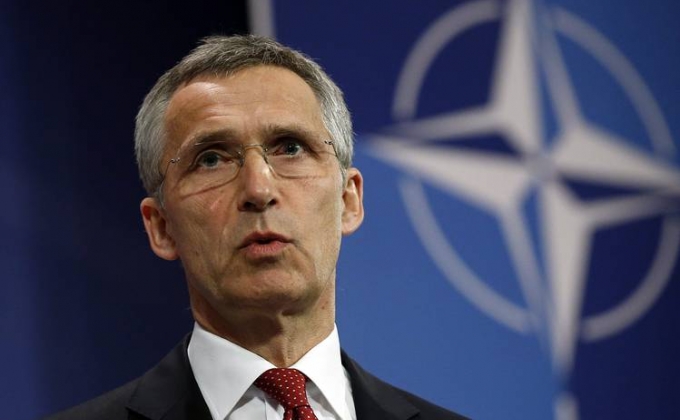
STEPANAKERT, MAY 31, ARTSAKHPRESS: But Nato secretary-general Jens Stoltenberg warned, in an interview with the Financial Times, that a UK vote to leave the EU could throw the turnround into jeopardy.
“The forecast for 2016, based on figures from allied nations, indicates that 2016 will be the first year with increased defence spending among European allies for the first time in many, many years,” Mr Stoltenberg said.
“We are faced with uncertainty, we are faced with more threats, more security challenges than in a generation, and we need unity, we need strength, we need stability,” he added.
“The UK is the largest European provider of defense capabilities in Nato, [it has] the biggest defence spending, it has the biggest defence investments . . . second only to the United States in the whole alliance . . . a strong UK in a strong Europe is important for unity and stability,” Mr Stoltenberg said.
The EU is becoming increasingly important in almost all the challenges Nato has to deal with, Mr Stoltenberg added. The UK is “key” in developing the relationship between the two, he said.
“Nato and the European Union are working in tandem. For the UK [remaining] is a good position to be in, to be able to sit at both the Nato table and the EU table, since both organisations are so important to how we are responding to the instability we are faced with, both to the east and to the south.”
Last year, Nato’s European allies spent $253bn on defence compared with a US spend of $618bn. According to the 2 per cent guideline, European countries should be spending an additional $100bn annually on their militaries. The current spend is equivalent to around 1.43 per cent of gross domestic product.
The aggregate figure has been steadily sliding since 2008. That year, European countries on average spent 1.7 per cent of their GDP — $288bn — on defence. The longer-term trend has been one of even more significant decline. Between 1985 and 1989, European Nato states spent an average of 3.1 per cent of GDP on defence. The figure stayed above 2 per cent for the decade following the end of the cold war, only dipping below the threshold after the millennium.

